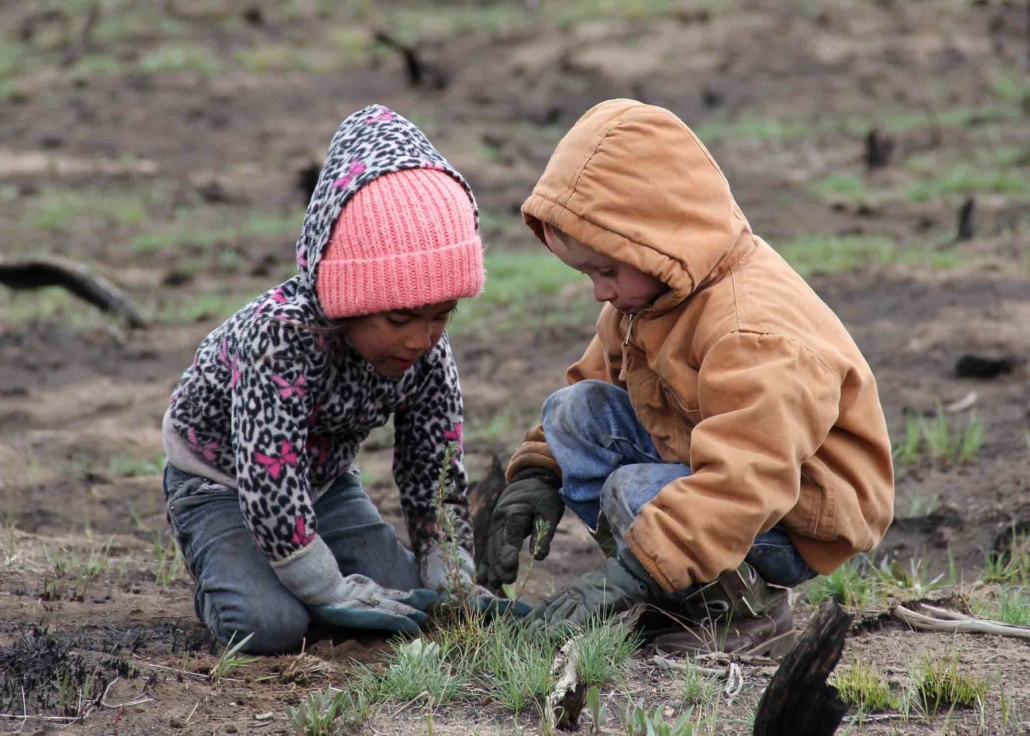The Great Green Wall: Poverty and Deforestation

A healthy planet helps maintain healthy people. Therefore, stemming deforestation and alleviating poverty are vital steps to improving global health. Understanding how health, poverty and deforestation relate is complex and alleviating the effects of poverty and deforestation is all the more so. Still, initiatives like the Great Green Wall give hope to global health experts.
How Poverty, Health and Deforestation Interact
It is valuable to understand how health, poverty and deforestation interact with one another:
Poverty and Health: Poverty and health have a complex albeit well-known relationship. Living in poverty means important health determinants—such as access to healthcare, nutritious food, clean water and safe shelter—are compromised. The relationship between poverty and health is a bidirectional one. As a result, living in poor health can also prevent one from making a living wage to care for oneself and one’s family. These issues, therefore, feed on one another.
Poverty and Deforestation: Of those living in poverty worldwide, 85% are in rural areas. Agriculture serves as their primary occupation and is vital to survival. Not only does deforestation spawn poverty, but poverty exacerbates deforestation. Farmers must clear trees for immediate profit, despite knowing the importance of keeping forests lush long-term. Planting trees where forests have undergone clearing, however, can hold topsoil in place and water can better absorb into the ground. This stymies erosion and replenishes groundwater. Even more straightforward are the building materials for shelter, food and shade that these new trees can one day provide.
Health and Deforestation: The compromised access to food and water to which deforestation leads are obvious factors negatively affecting health. There are also more complex interactions between deforestation and health, such as an increased prevalence of infectious diseases. Research has shown that as trees are cleared and spaces are urbanized, populations of disease-transmitting species like bats and rodents grow. This results in more outbreaks, and even instances of human disease formerly only found in animals. However, by providing short-term assistance and adding trees back to the landscape for long-term improvement, these effects can disappear.
The Great Green Wall
For a demonstration of not only how health, poverty and deforestation relate, but the positive efforts happening to influence their interaction, one can turn to the Great Green Wall. Initiated by 11 African nations in 2007, with another nine joining by 2019, the overall goal of the Great Green Wall is to plant roughly 8,000 kilometers (5,000 miles) of trees across the continent of Africa, extending from the Atlantic Ocean to the Red Sea. Though primarily a country-led effort, partners in this work include the U.N. Convention to Combat Desertification, the Government of France, the World Bank and the African Development Bank.
To the benefit of the people of Africa and beyond, this effort will undo some of the harm that deforestation practices have done and restore the myriad of benefits to having a natural barrier along the Sahara Desert. As previously mentioned, the destruction of forests compromises food security and access to water. This, in turn, leads to conflict and waves of emigration to neighboring nations. The creation of this barrier has the added benefit of creating a need for landscaping maintenance and therefore jobs in nearby communities.
The Wall was 15% complete by 2019. President Emmanuel Macron of France pledged to contribute $14 billion over the next 10 years, 30% of the necessary total. With this funding, the wall is on track for completion by 2030. But, importantly, the Great Green Wall will not stand alone. Work is happening across the globe that will help slow and occasionally reverse the effects of environmental degradation.
Organizations Fighting Environmental Degradation
Plant With Purpose works in Thailand, Haiti, the Dominican Republic and the Mount Kilimanjaro area in Tanzania. They not only plant trees, but educate people on sustainable farming. The Amazon Conservation Association has been partnering with locals for 20 years to conserve the Amazon Rainforest in a scientifically informed and sustainable way. Following the Action Plan for Prevention and Control of Deforestation in the Legal Amazon, the Brazilian government noted a 70% decline in deforestation in 2014. Supporting these groups and policies means promoting the health and wellbeing of people across the globe.
– Amy Perkins
Photo: Flickr
